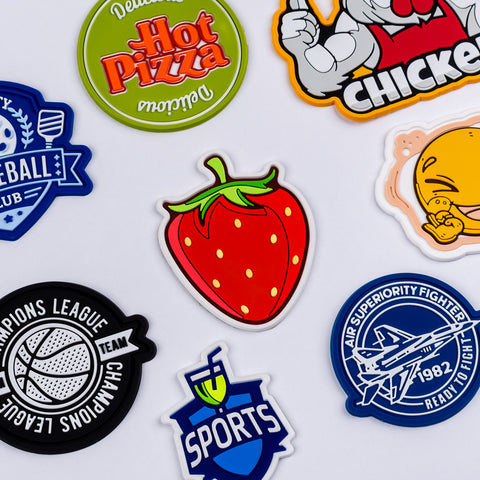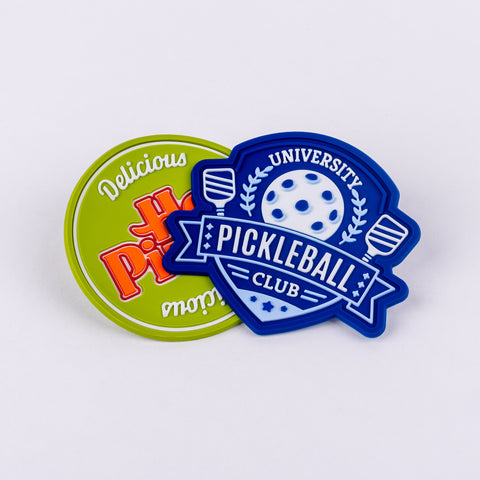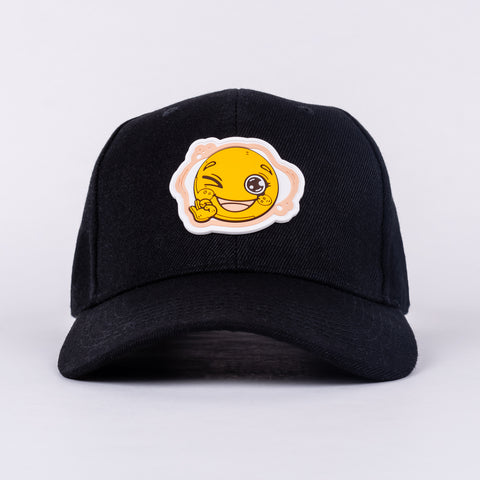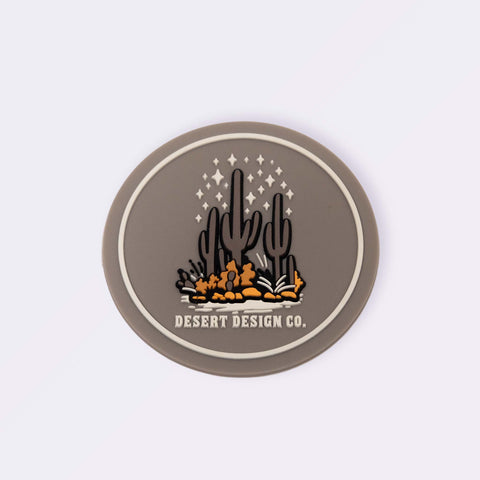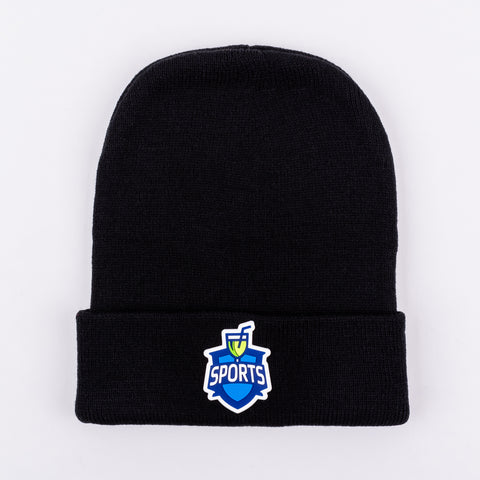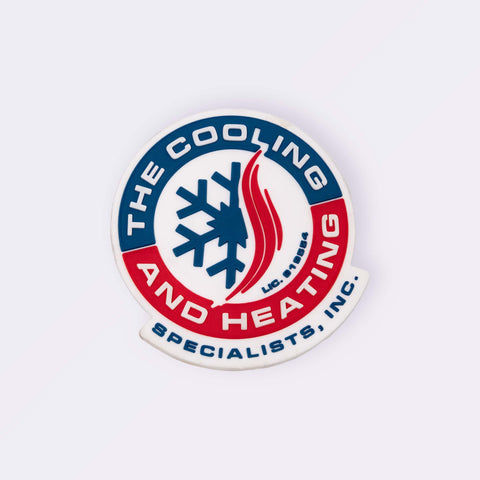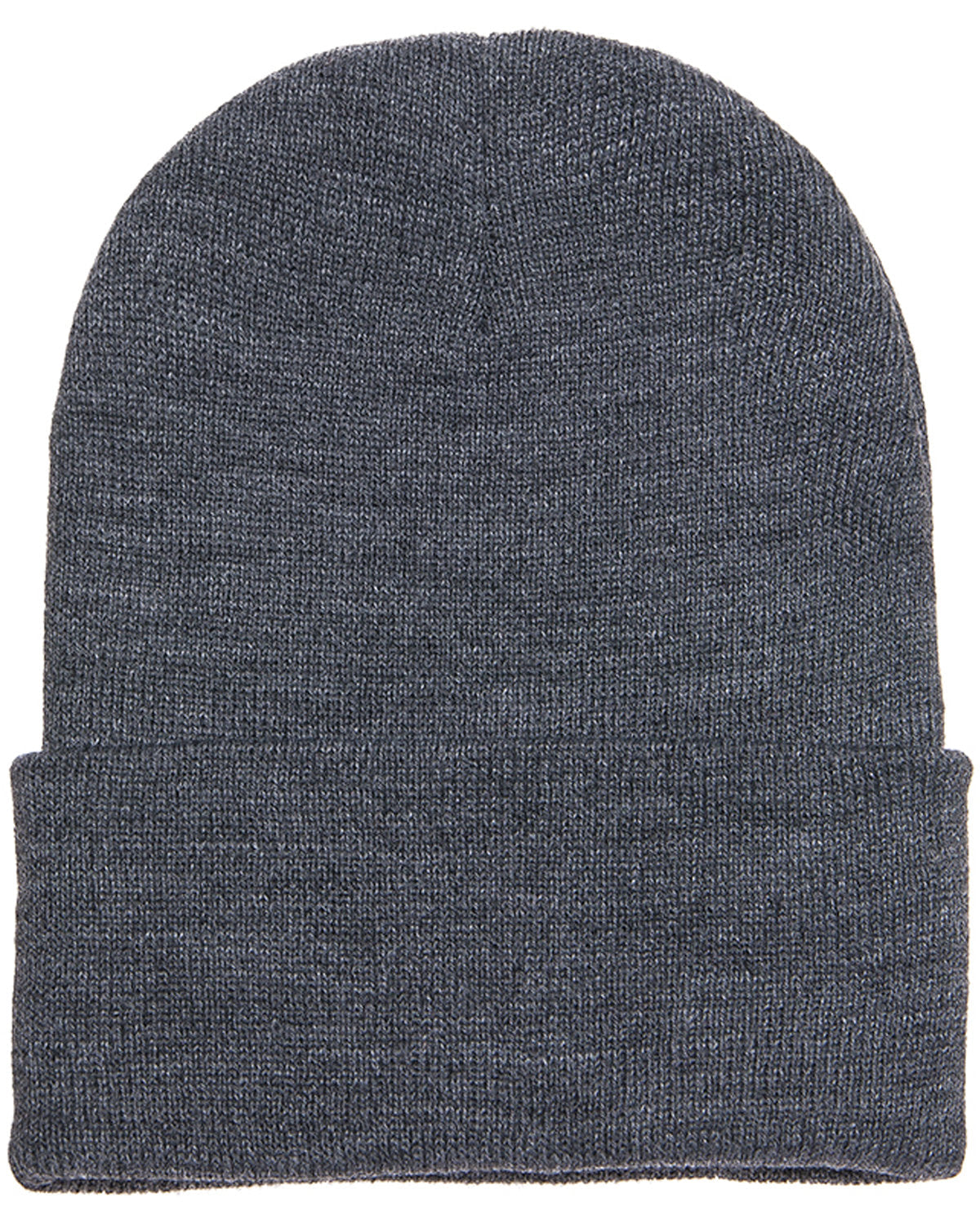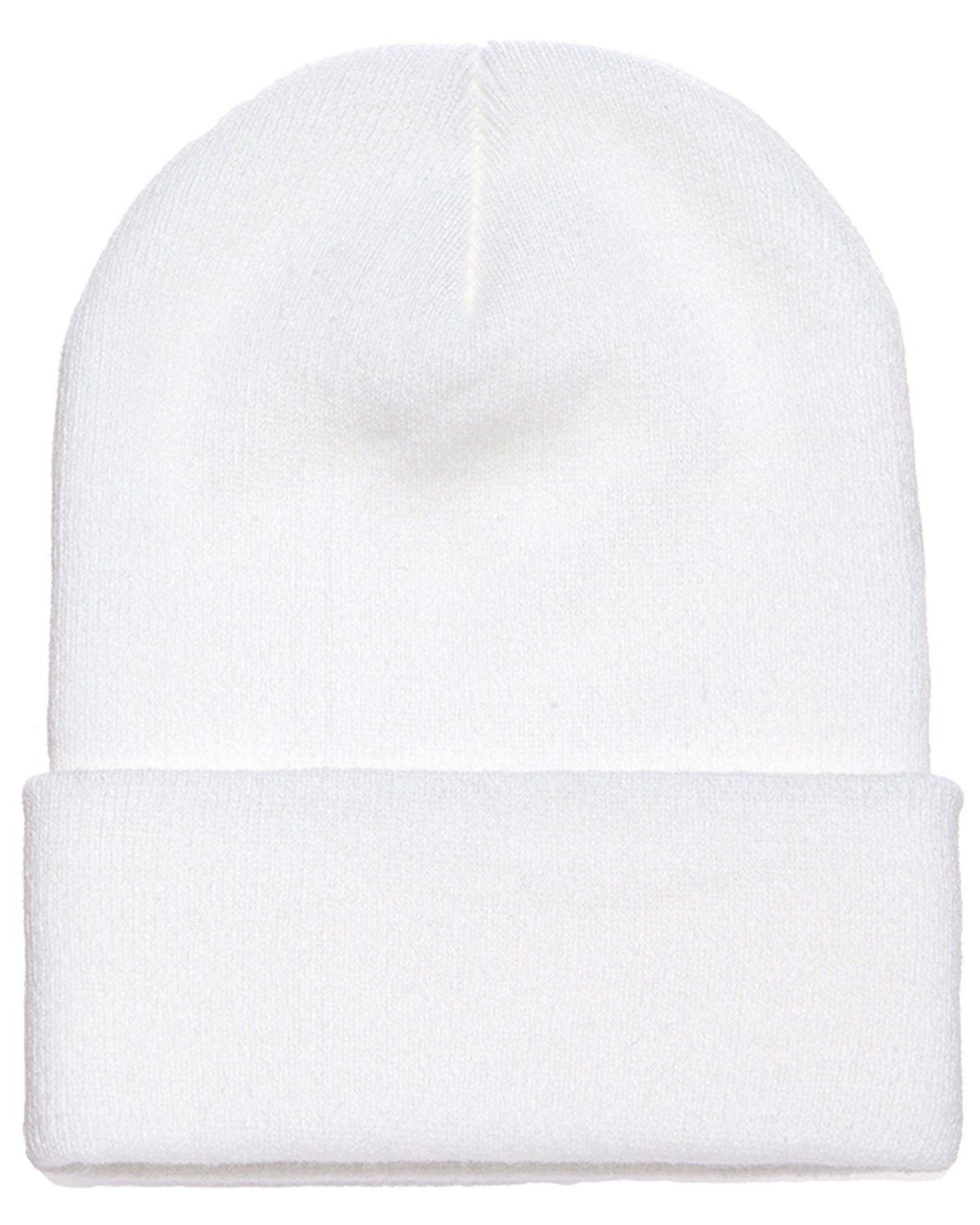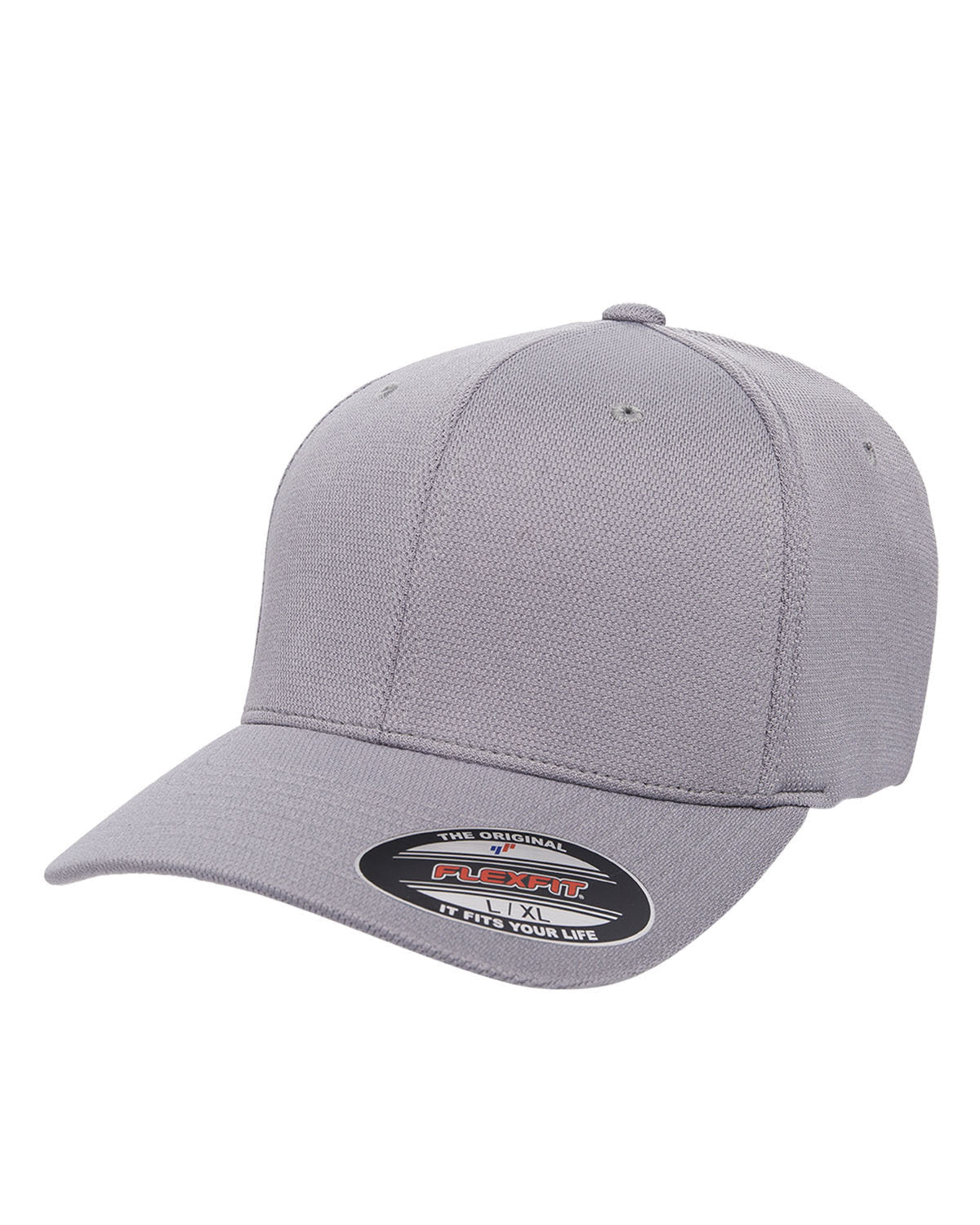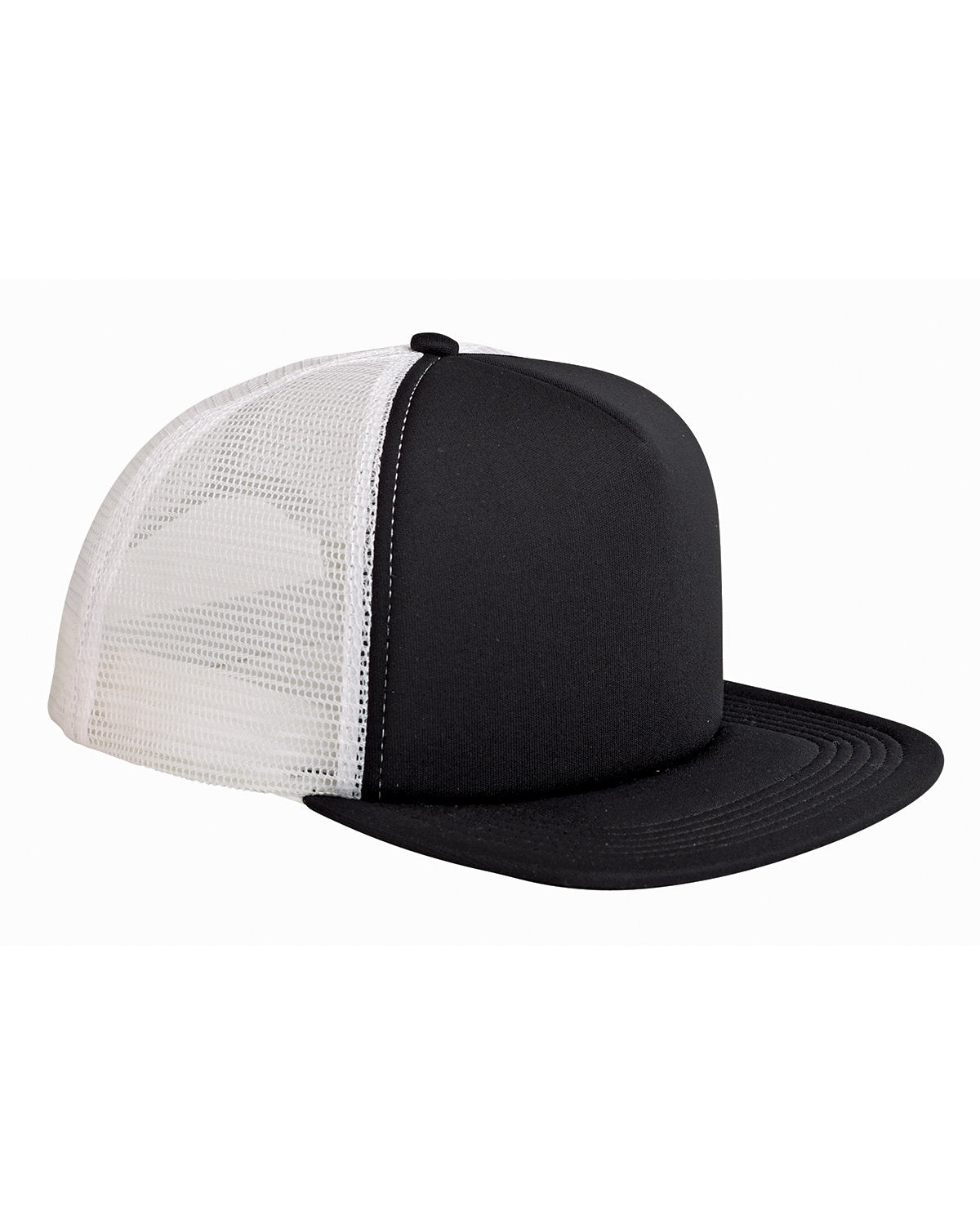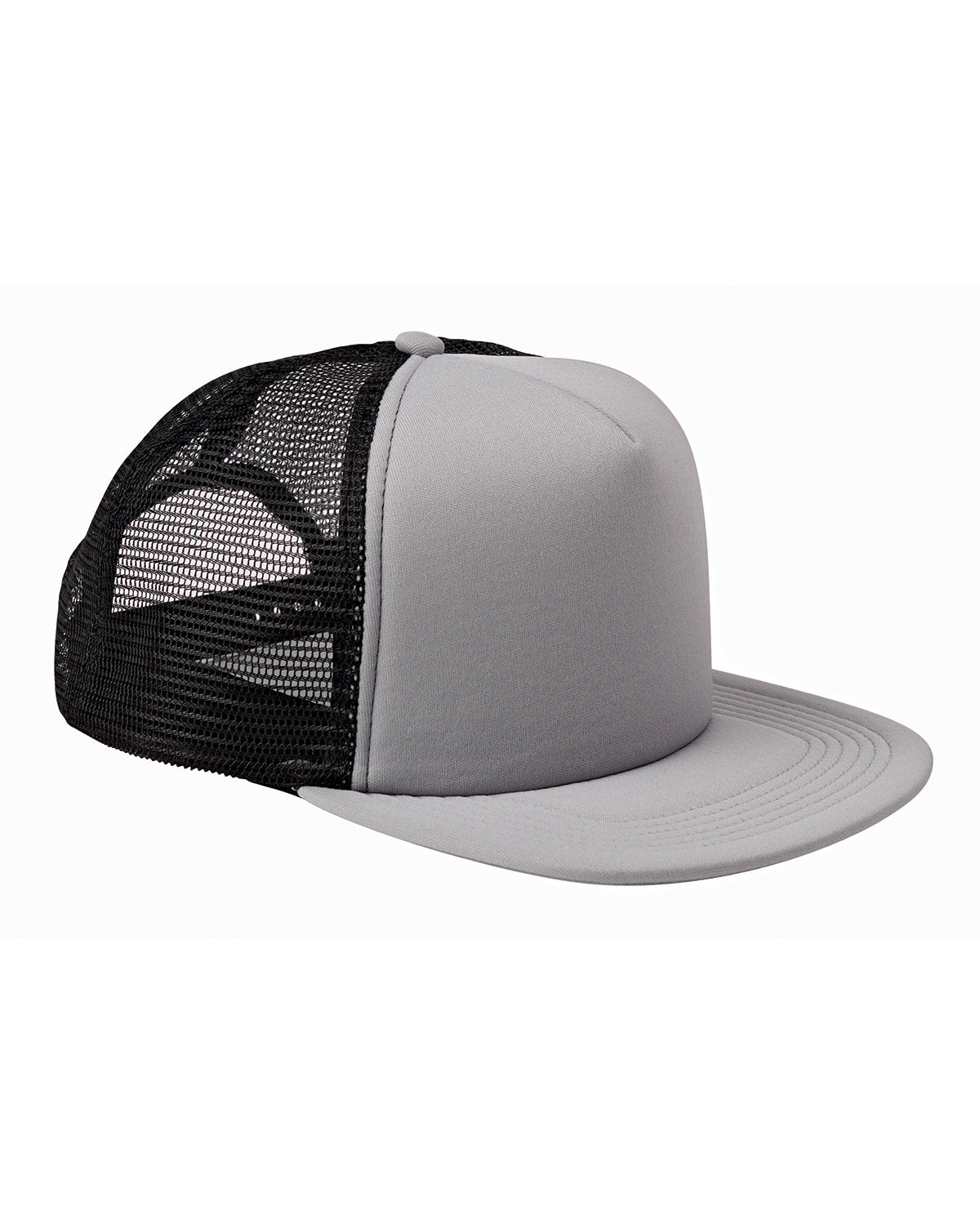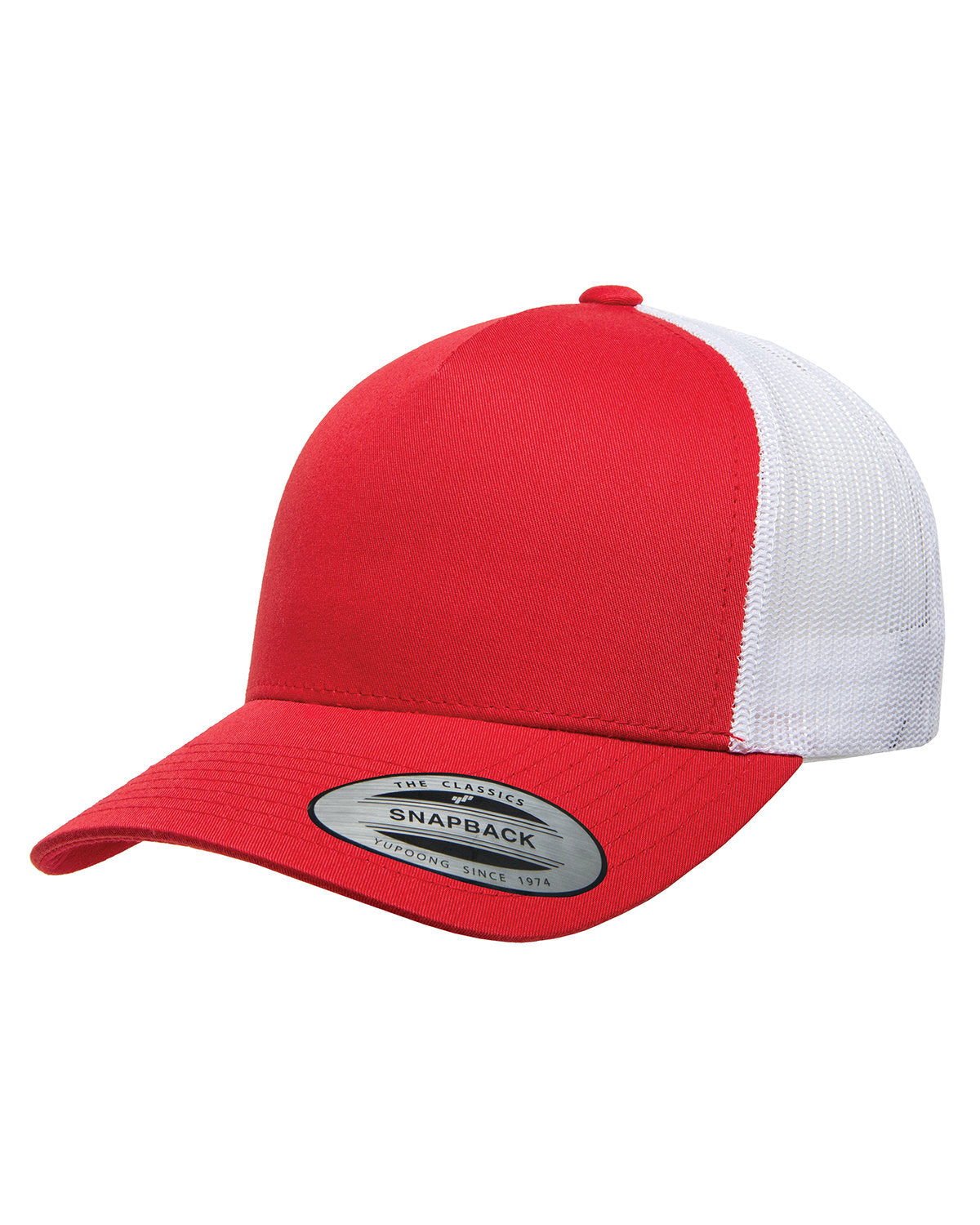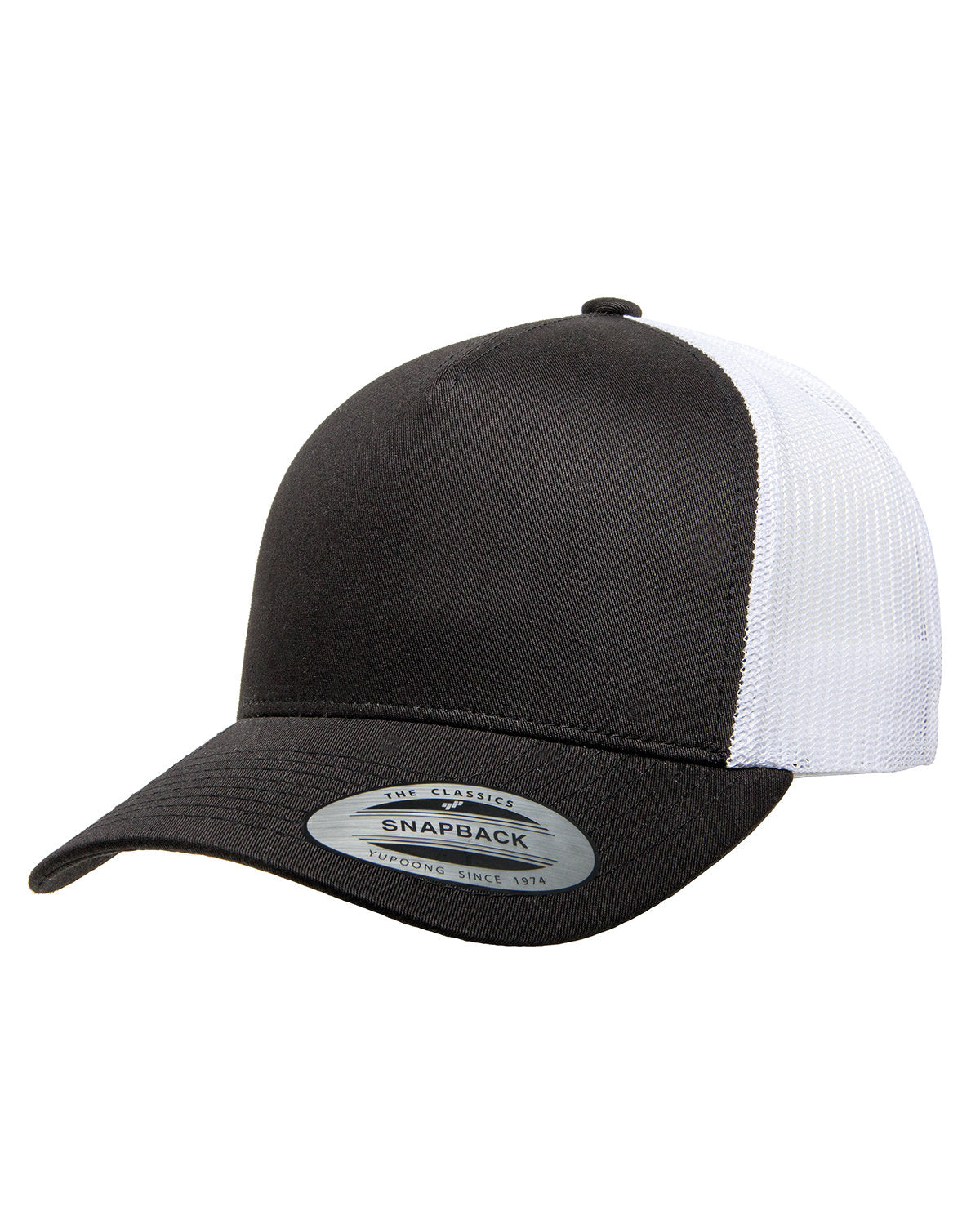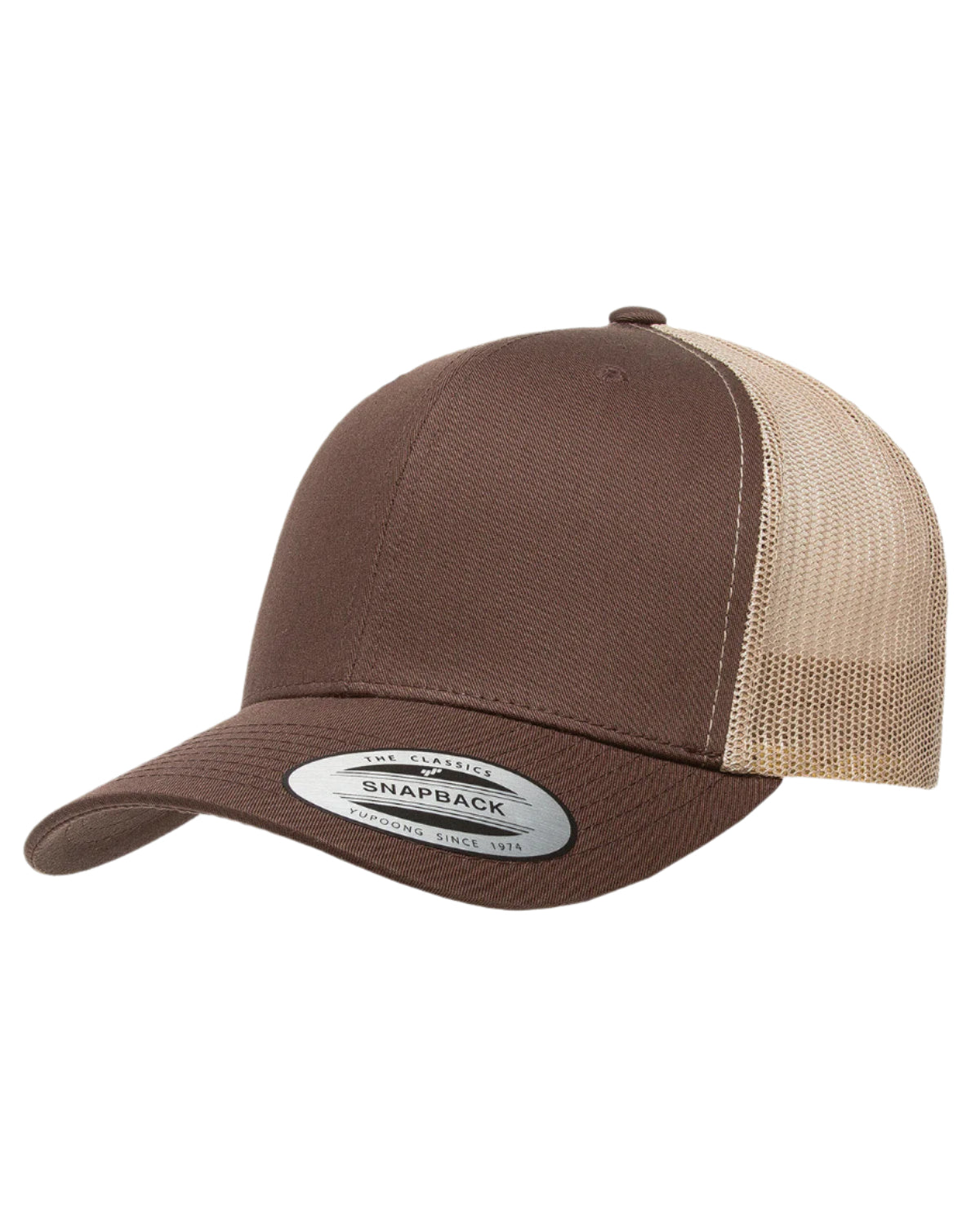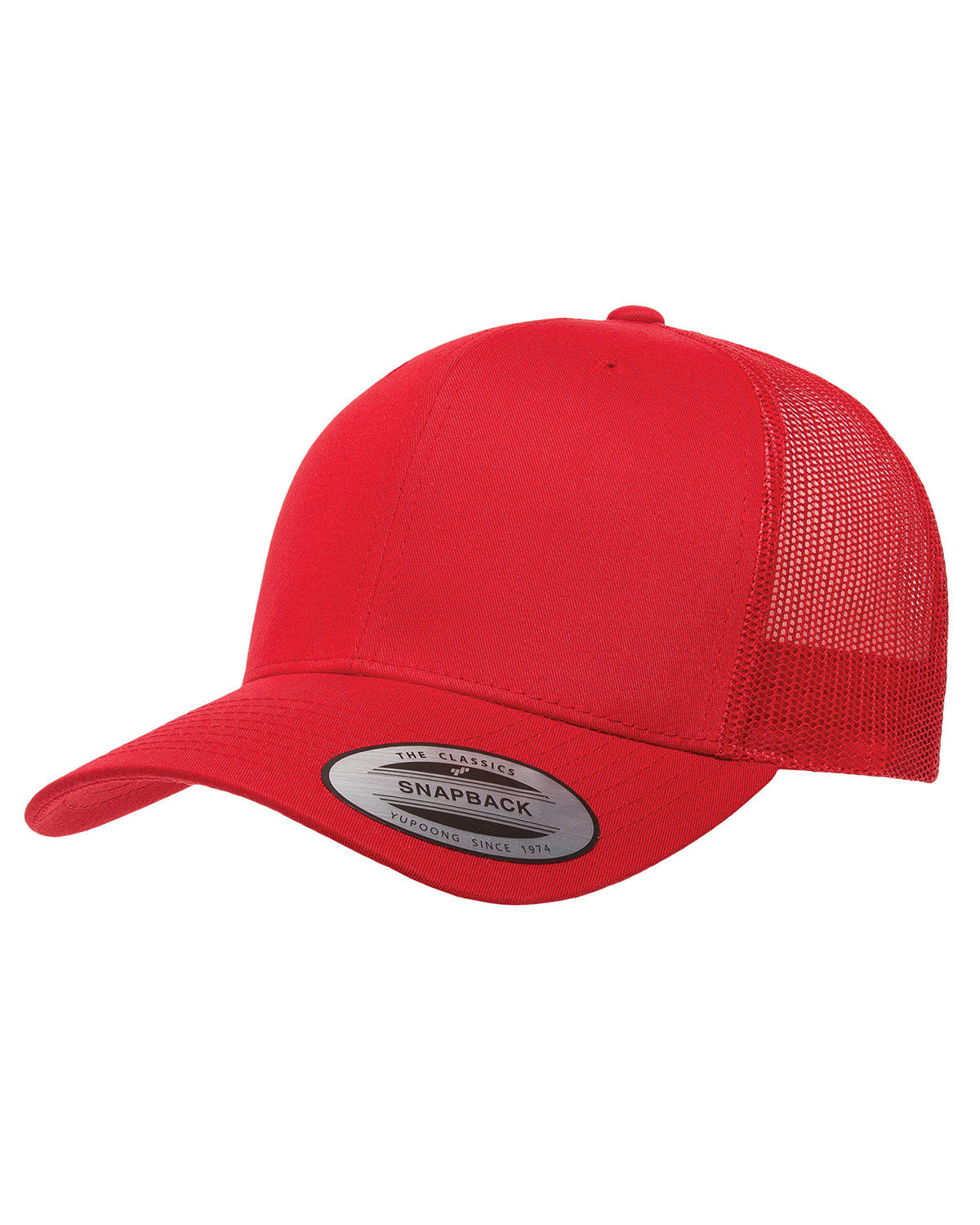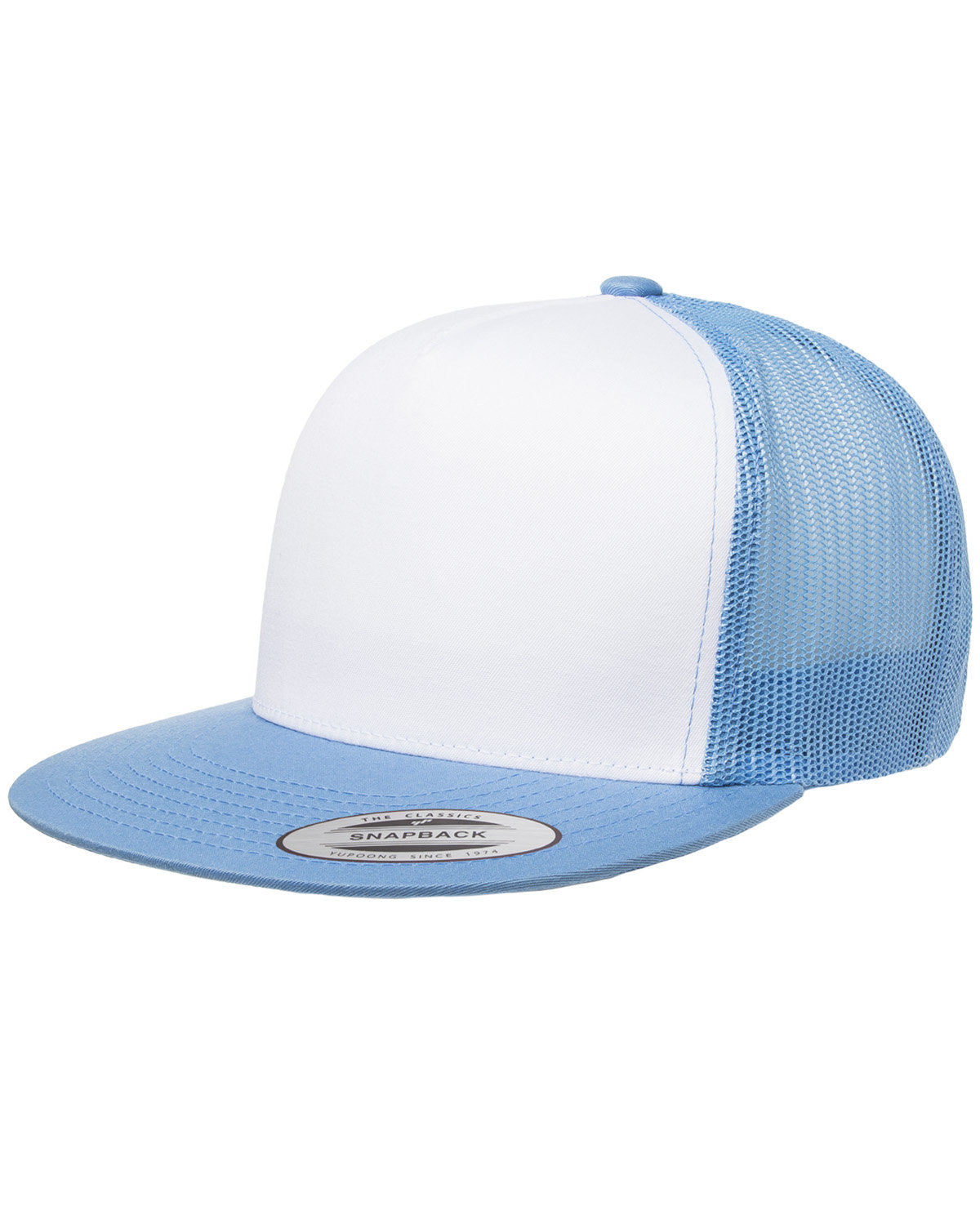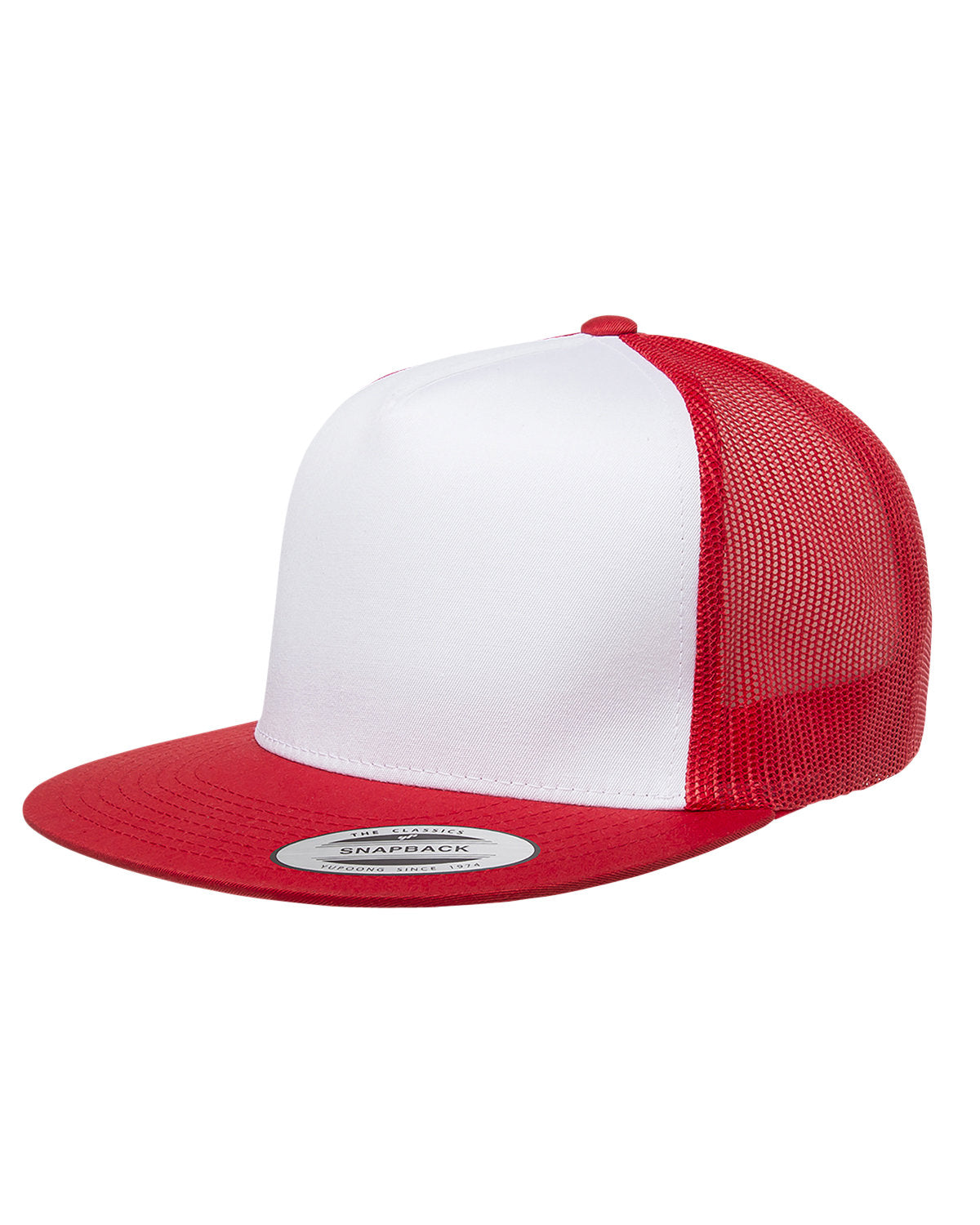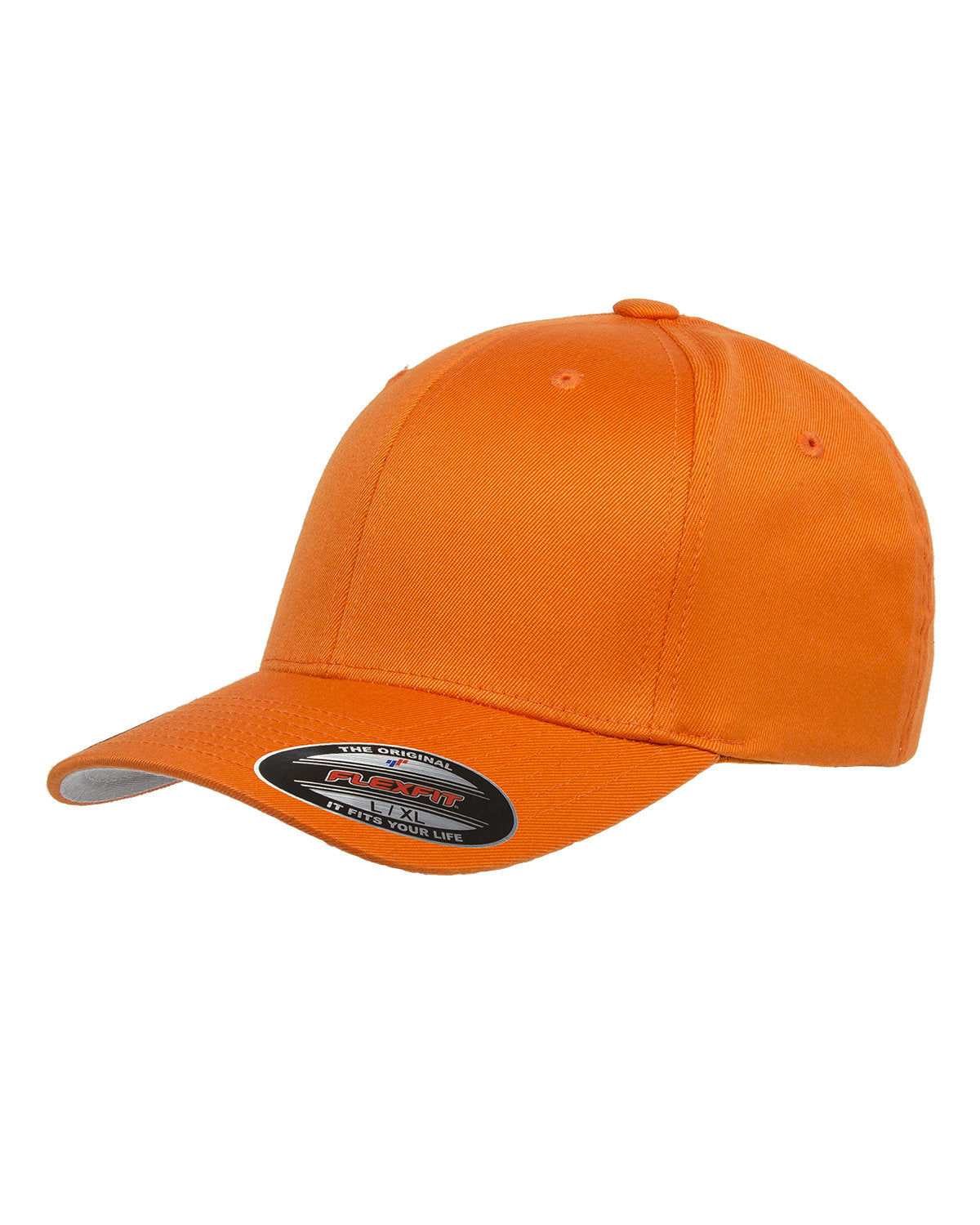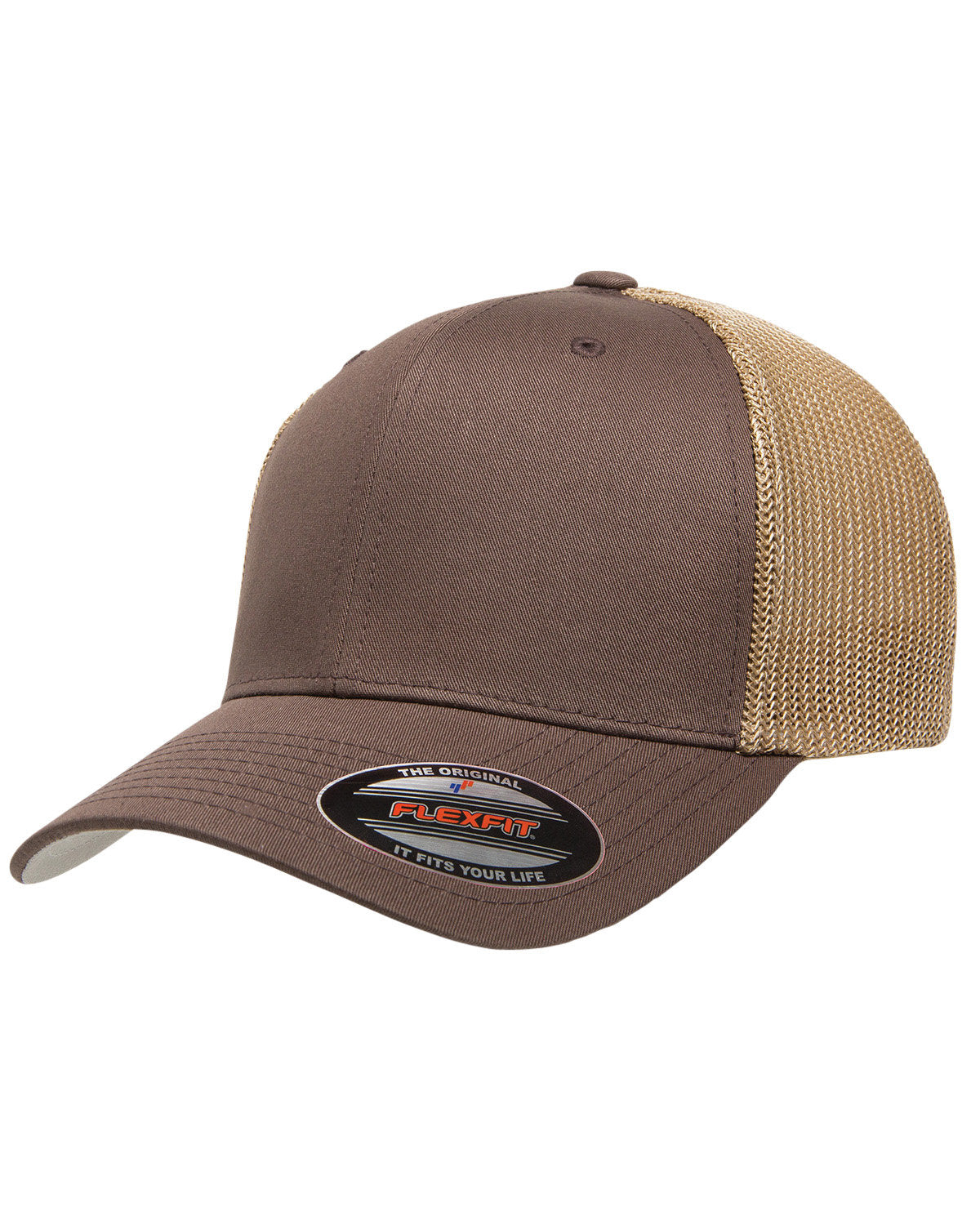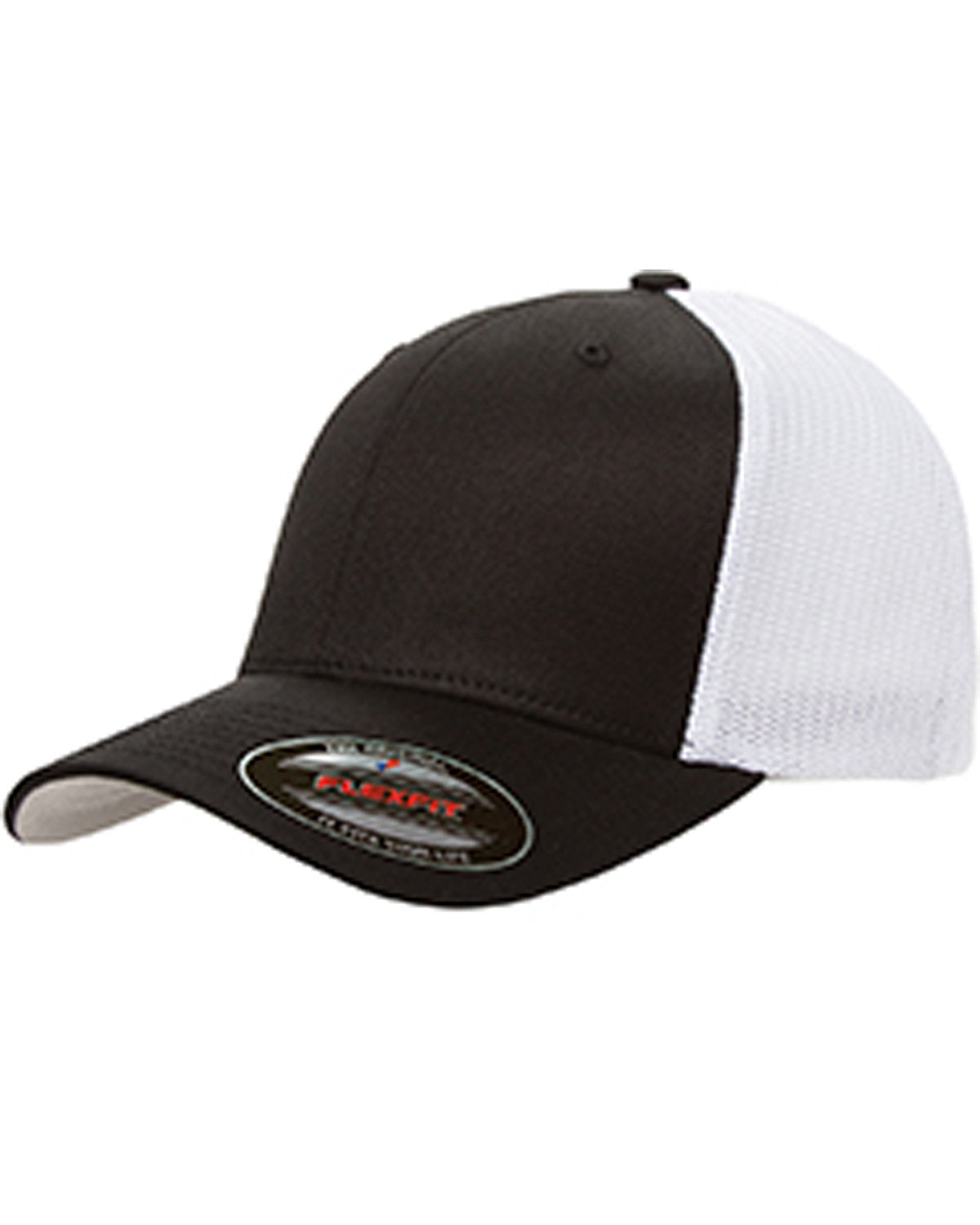Product Details
Features
Satisfaction Guarantee
Pressing Instructions
Click here to watch our patch pressing tutorials.
To ensure your patch looks professionally pressed every time, follow these four simple steps.
- Position Your Patch: Being that your patch will be pressed facing down, touching the bottom plate, you will first need to secure the patch to your garment with Thermal Tape (heat resistant tape) to ensure it stays in its desired location when being placed on your heat press.
- Load Garment Onto Heat Press face down: Now that your patch is taped in place, flip the garment over and place onto the heat press so the patch is facing downwards and touching the lower plate. This makes it easier to melt the low-melt glue on the back of the patch so that the patch will adhere to your garment. The goal is to melt the low-melt glue on the back of the patch, not the visible portion of the patch you’ll see when it’s adhered to the garment.
- Press: After laying the garment with the patch face down, lay a Protective Guard Sheet over it to protect your garment from the iron, then press for 25 seconds at 335°F with 50-60 PSI or hard pressure. After pressing, remove the garment from the press and allow it to cool for at least 30 seconds before removing the thermal tape. This allows the melted glue to solidify, thereby bonding it to your garment.
- For Thicker Fabrics (Hoodies, Jackets, etc.): If after following these instructions, the patch isn’t adhering to your garment, it could be because the garment you’re using is made of thick material, such as a hoodie, jacket, etc. If this is the case, tape your patch to the garment and flip the garment inside out. Then, lay the garment onto the heat press so that the back of the patch is facing up. Lay a piece of parchment paper over the garment and press for 25 seconds at 335°F with 70-80 PSI or hard pressure.
- For Hats: For PVC Rubber patches, top and bottom heat is REQUIRED for the patch to correctly adhere to the hat. Top heat only will burn the rubber, even if a teflon sheet is used to cover it.
Art Upload Recommendations
Care Instructions
Order Issues & Reprints
You Upload Your Design, We Turn it into a Rubber PVC Patch
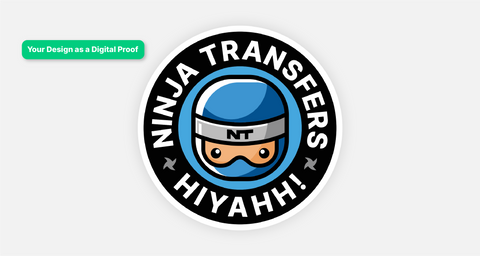

FAQ
PVC patches are made from a versatile type of plastic. These are exceptionally durable adn flexible and are able to hold a wide variety of vibrant colors and intricate designs to suit any application. PVC rubber patches are generally used for military uniforms, outdoor gear, sports equipment, and promotional items, as they are able to withstand harsh conditions without fading or tearing.
PVC patches stand out due to their three-dimensional design and texture. They are created by molding silicone into specific shapes, allowing for intricate details and vibrant colors. These patches are known for their resistance to wear and tear, making them suitable for both indoor and outdoor applications.
There are many advantages to PVC patches, including:
- Durability: They are resistant to fading, cracking and damage from exposure to harsh weather conditions.
- Customization: Silicone patches offer endless design possibilities, including intricate details and vibrant colors.
- Tactile Appeal: The 3D texture of these patches enhances their visual appeal and touch.
- Versatility: They can be used in various applications, from military uniforms to promotional merchandise.
Our custom PVC patches can be used in a wide range of industries, including:
- Military: Used for unit insignias, morale patches, and identification.
- Branding: Companies use them on uniforms, backpacks, and merchandise.
- Outdoor Gear: Often added to camping equipment, backpacks, and tactical clothing.
- Sports: Sport teams and clubs use them on uniforms and equipment.
- Fashion: High-end fashion brands use PVC rubber patches for unique embellishments.
PVC rubber patches are typically waterproof which means they can withstand exposure to moisture without significant damage. Many custom PVC rubber patches are designed with additional waterproofing features, such as sealed edges or a protective layer over the design. These measures help prevent water from seeping into the patch and potentially causing damage to the underlying fabric or design.
While PVC patches are generally water-resistant, they may not be completely waterproof. For example extended exposure to water or submersion could eventually lead to water penetration if there are gaps or vulnerabilities in the patch’s structure.
The level of waterproofing can also depend on how the PVC patch is attached or incorporated into an item. For example, if a patch is sewn onto a garment, there may be tiny puncture holes in the fabric that could allow water to pass through.
To maintain the water-resistant properties of custom PVC rubber patches, it’s essential to follow care instructions provided, avoid exposing them to harsh chemicals, excessive heat or prolonged submersion in water.
Rubber PVC patches are a part of our extensive custom patches range. Custom PVC patches are versatile, durable, and visually appealing custom patches made from PVC rubber material, commonly used for branding, decoration, and personalization across various industries. Their 3D texture and resistance to wear make them a popular choice for many applications.
With FREE virtual proofs and fast shipping, there’s never been a better time to order patches for your event, uniform, or day-to-day use. Design yours now!

